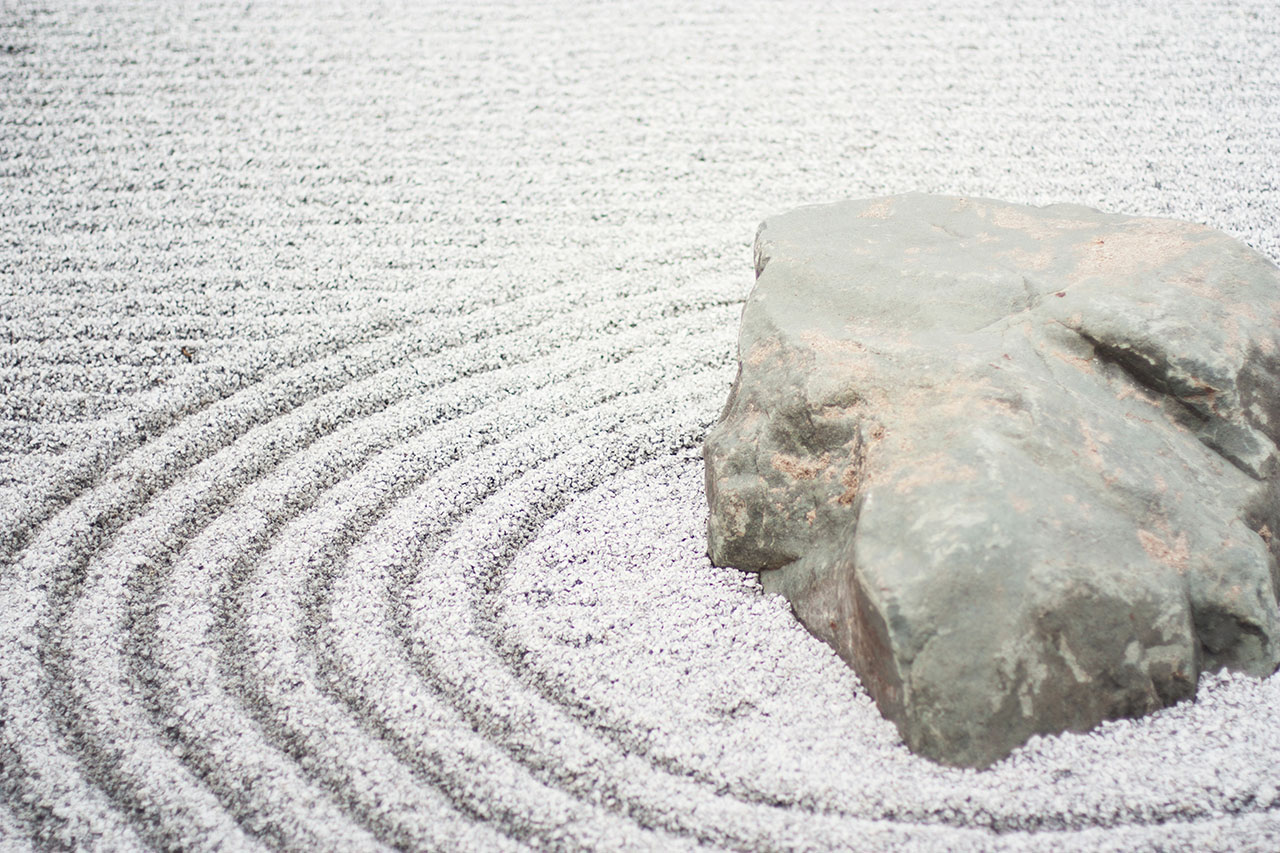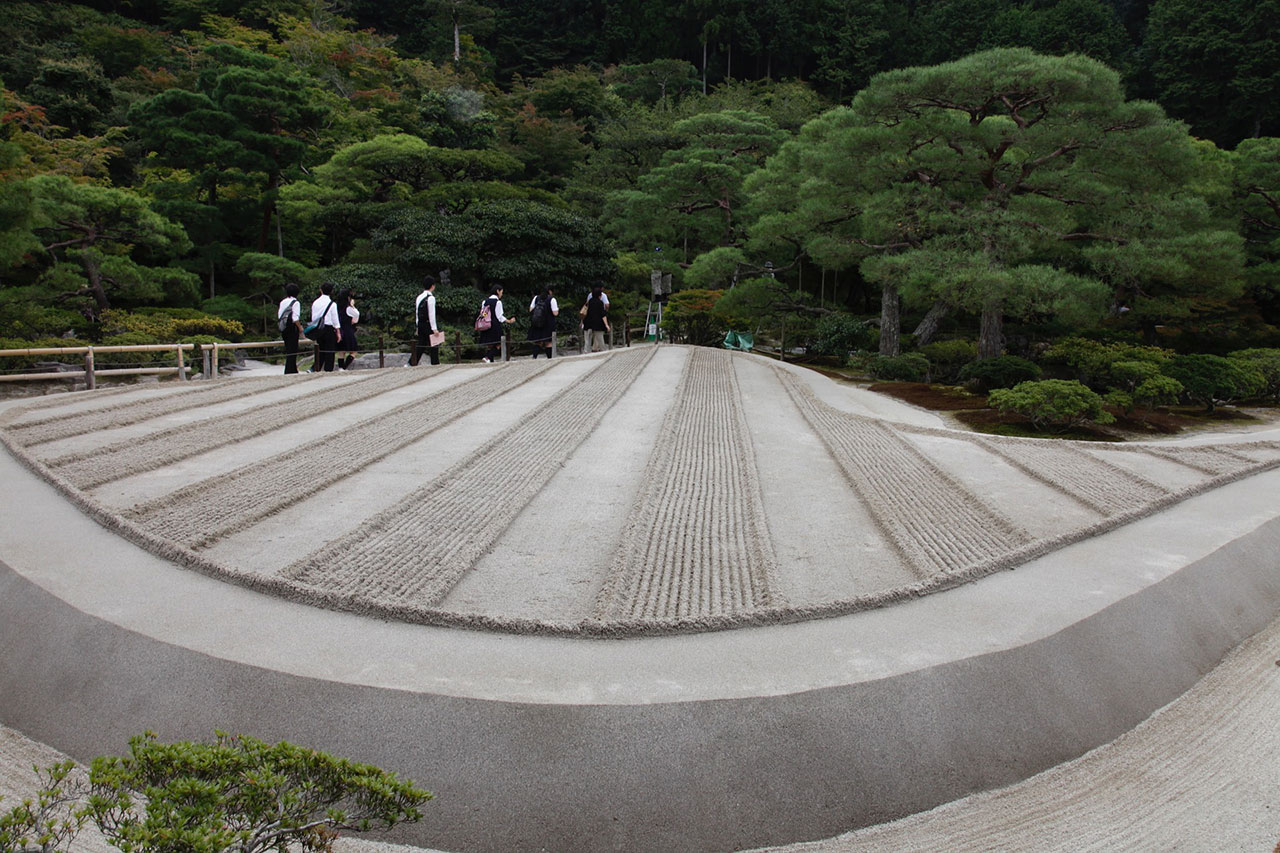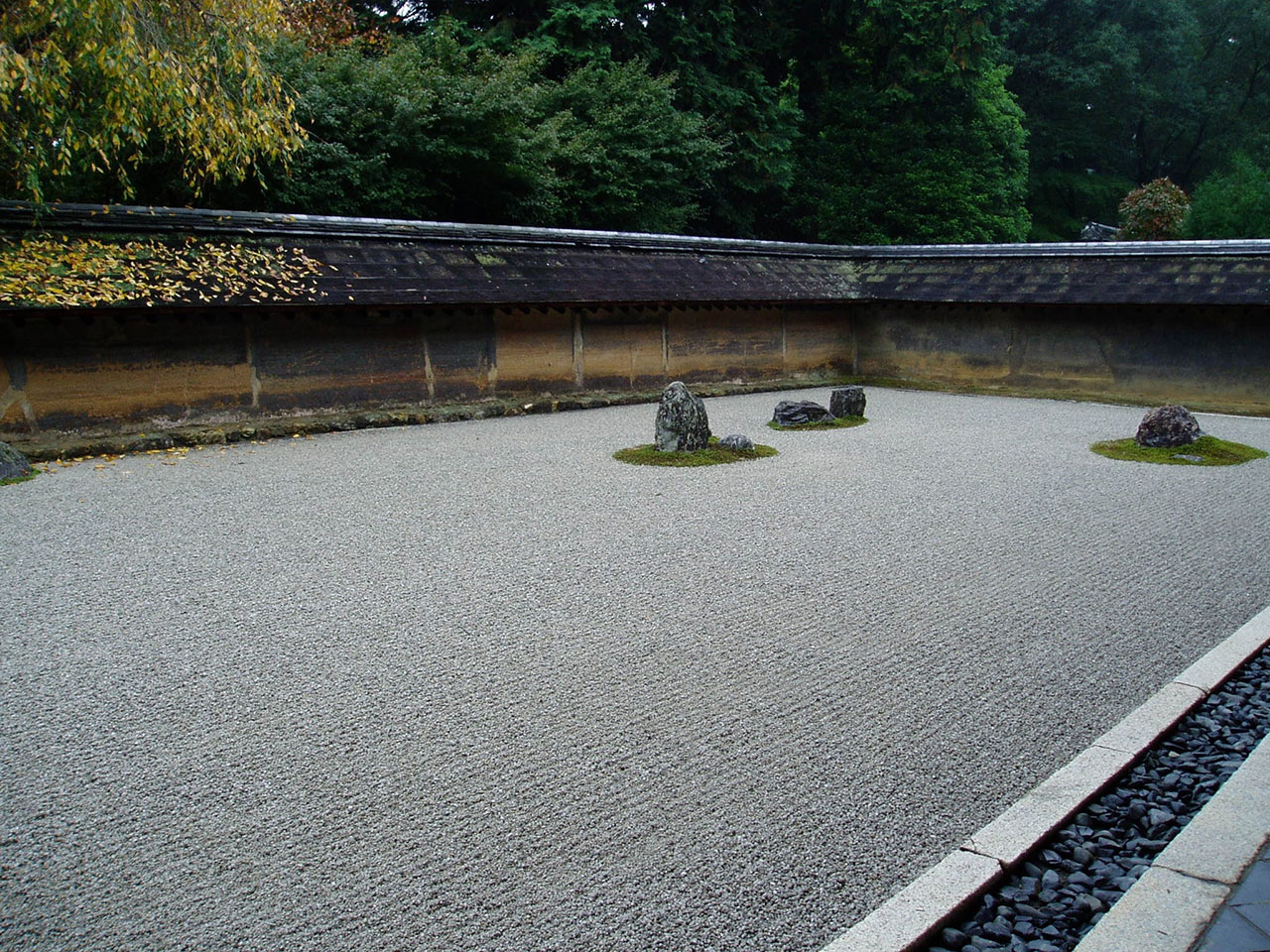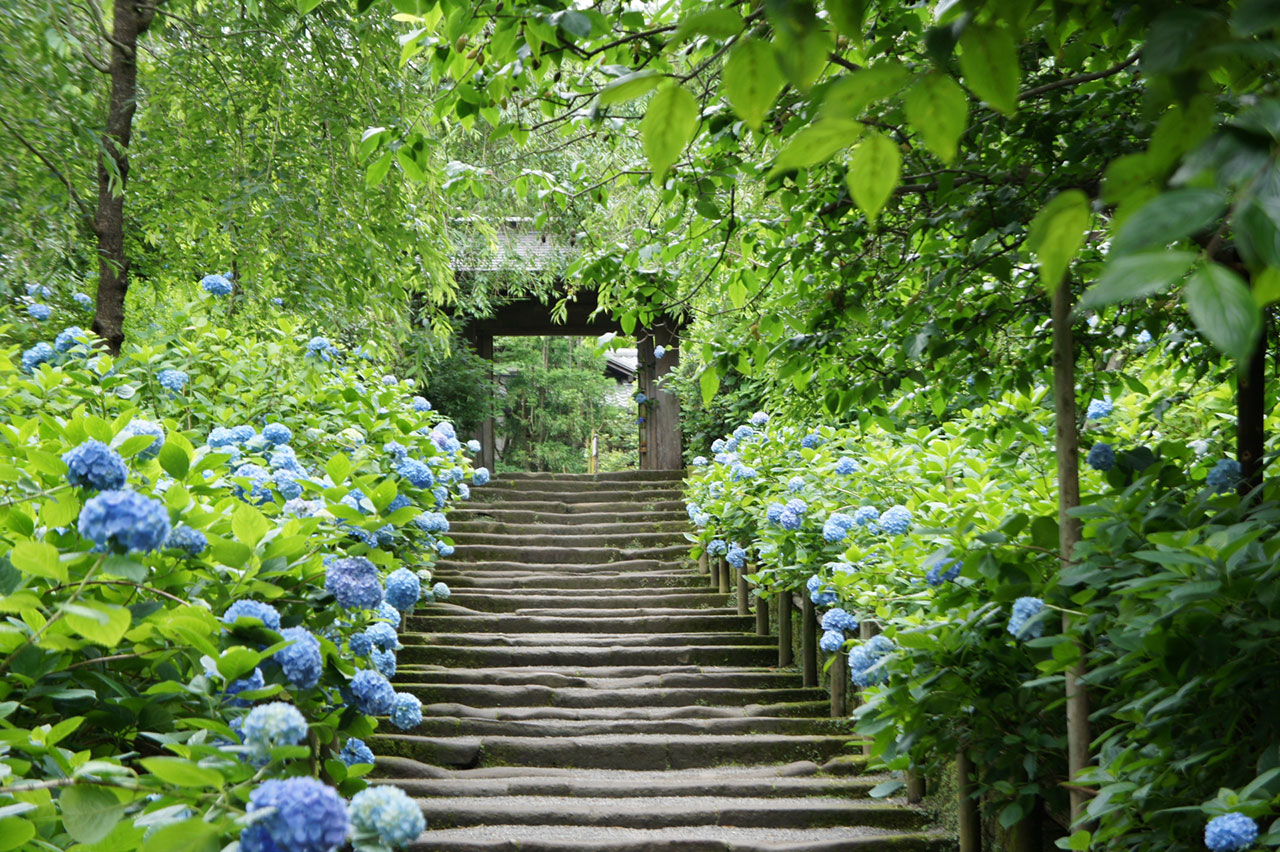Japan’s Zen Gardens: Tranquil Reflections of Nature
September 25, 2019

Highly stylized, Japan’s traditional zen gardens are a place for tranquil contemplation. While their nickname hints at their spiritual focus, their proper Japanese name, karesansui, helps draw a more accurate picture. Meaning ‘dry landscape’, the gardens rarely have any plants, formed mainly of rocks and carefully sculpted gravel with occasional ponds. Designed to represent the essence of nature, rather than its immediate appearance, the gardens are spaces for meditation.
While they are commonly associated with Zen Buddhism, rock gardens existed in Japan as far back as the 10th century, taking inspiration from Chinese design. Combining elements from Shinto—such as the carefully raked gravel which often represents water, or the blank spaces common in Japanese art—they formed an amalgamation of influences. It was only in the Muromachi period that the gardens became popular with Kyoto’s Buddhist temples, many of which still have world-famous examples.

For many of the temples today, the gardens are as popular to view as the buildings themselves. One of the most well-known examples can be found at Ginkaku-ji Temple, also known as the silver pavilion, in Kyoto. Built by Shogun Ashikaga Yoshimasa in 1482 as a retirement villa, it features both moss and dry-sand gardens, with trails winding through for visitors. The highlights of the garden are ginshadan ‘sea of silver sand’) and a conical sand sculpture called the kogetsudai, which is thought to represent Mt. Fuji.

Nearby, another renowned example is the much smaller karesansui of Ryoan-ji Temple. Considered the most famous in Japan, the seemingly simple design has a myriad of interpretations. While the temple was founded in 1450, very little is known about the garden’s construction, its designer or its meaning. Featuring fifteen rocks on small islands of moss, the surrounding white pebbles offer a blank canvas for meditation, as well as interpretation. Viewed from the well-worn steps outside the temple’s Hojo, one rock is always hidden from view—leading to the belief that it reflects the complexities of life. Rumors of the scenes depicted vary—some see a tiger carrying cubs across an ocean, others a conceptual representation of infinity while a few envision islands, separated but within reach. It is likely that the very lack of any confirmed meaning is what gives the garden its fascinating charm—drawing in visitors from across the globe.

Known as little Kyoto, the city of Kamakura is also home to a notable example of these beautiful gardens. Often called Ajisaidera thanks to the early-summer blooms of hydrangea, Meigetsu-in is a Rinzai-sect temple with a reputation for flowers. While the rainy-season hydrangea often steal the show, the rock garden is decorated with bright azaleas. Although not in strict accordance with the traditional karesansui design, the flowers offer a bright addition that’s rarely seen—expanding the meditative potential.
Offering space for contemplation, the zen gardens of Japan are a rare chance to escape the hustle and bustle of everyday life. Open to interpretation, their designs have lasted through the ages and will continue to be studied by visitors for years to come.
For more details, contact DMC Japan to discuss ideas, locations and rates.
Contact Us


